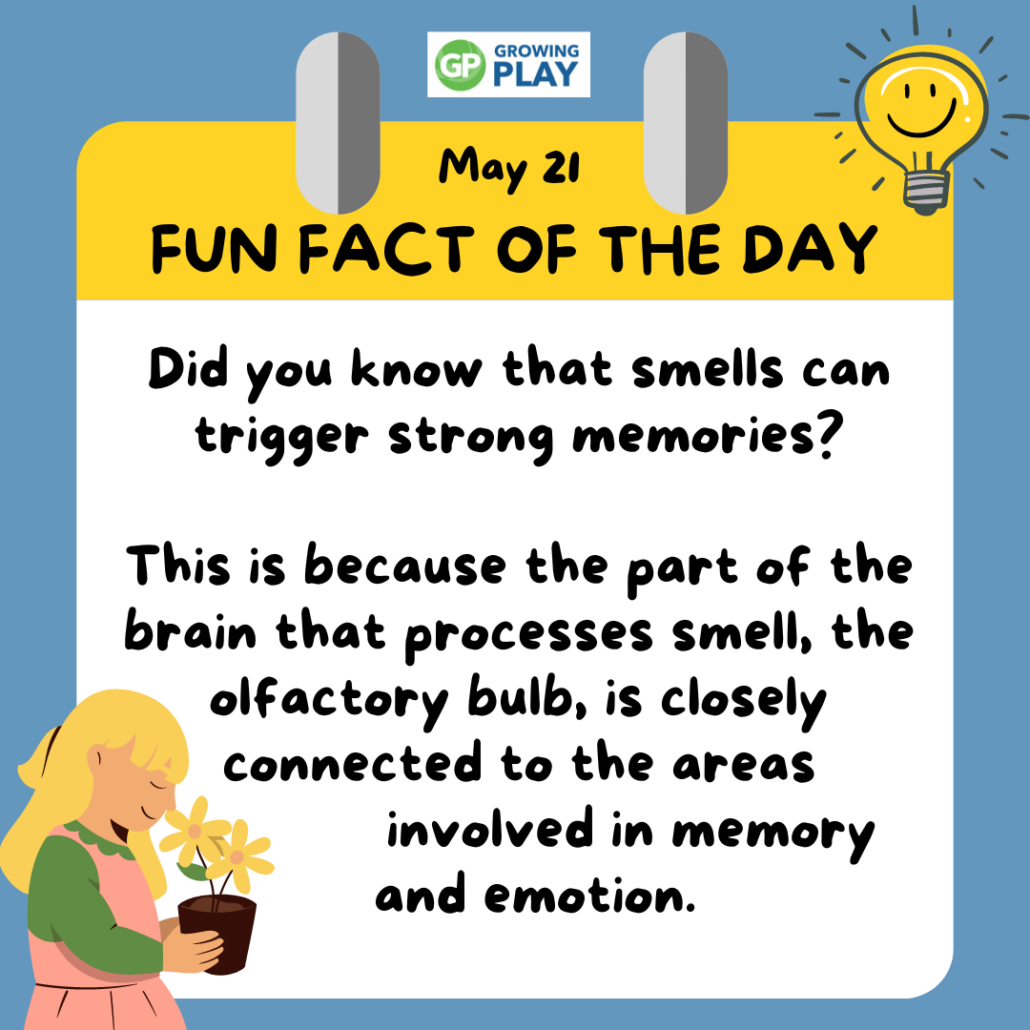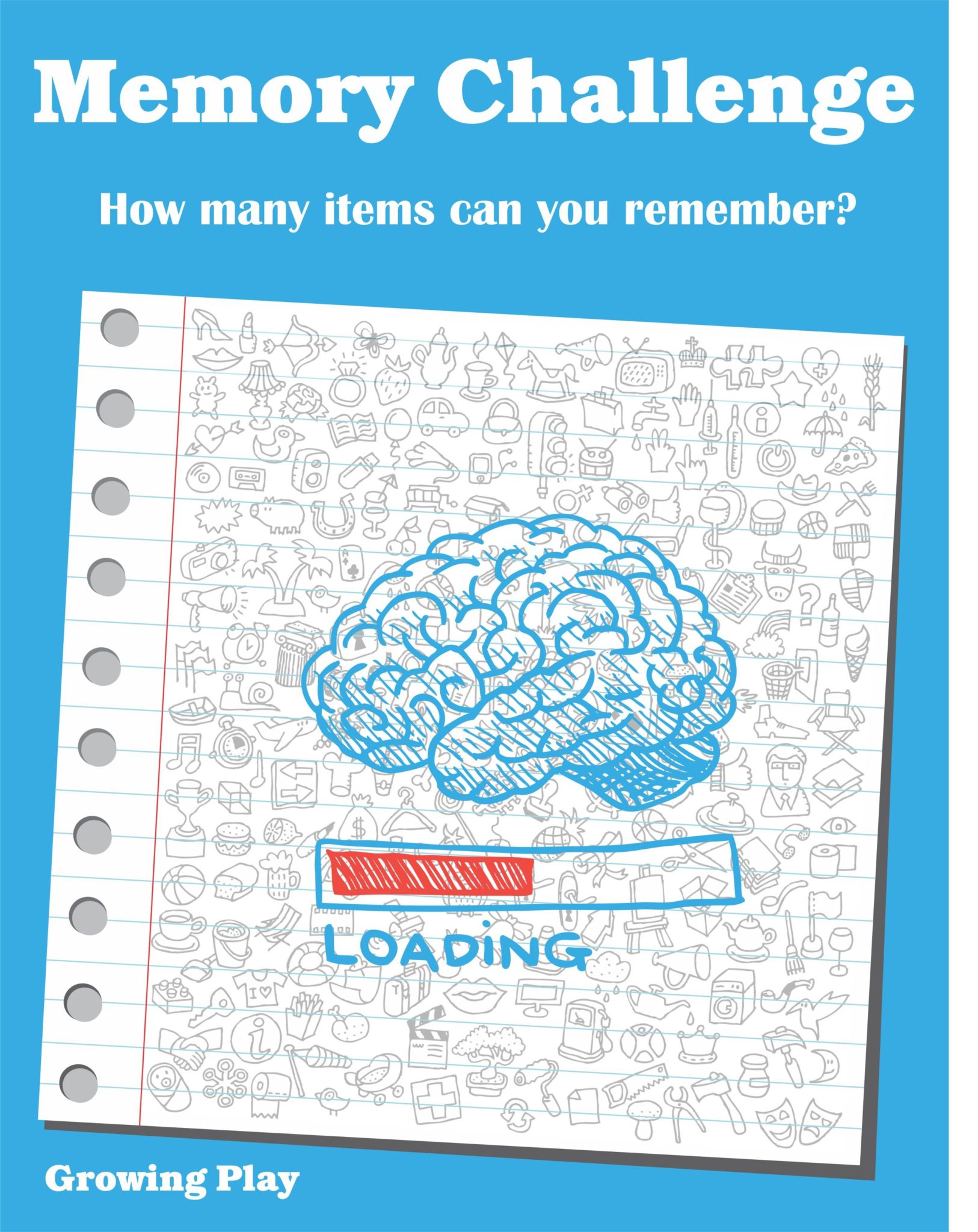Memory Facts for Kids

Memory is an amazing power our brains have to hold onto the things we learn and experience. It’s like having a giant filing cabinet in your head where you store all kinds of information. Let’s learn fascinating memory facts for kids to help you understand how your brain works and why memory is so important. Let’s explore how we remember things, the different types of memory, and some fun activities to boost your memory skills.
What is Memory?
Memory is the brain’s ability to store and recall information. It’s how we remember our favorite stories, the way to our friend’s house, or the multiplication tables. The human brain has different types of memory systems that work together to help us learn and remember.
Memory Facts for Kids – Types of Memory
There are several types of memory, each serving a unique purpose:
- Sensory Memory: This type of memory holds sensory information for a very short time, like a few seconds. It helps us process what we see, hear, and touch. Iconic memory (visual images) and haptic memory (touch) are examples of sensory memory.
- Short-Term Memory: This is also known as working memory. It holds information for a short time, like a phone number or a list of spelling words. The capacity of short-term memory is limited, but it’s crucial for performing everyday tasks.
- Long-Term Memory: This type of memory stores information for a long time. It includes things like your childhood memories, facts about the world, and skills you learn over time. There are different types of long-term memories, such as episodic memory (personal experiences) and semantic memory (general knowledge).

Memory Challenge
How Memory Works
Memory involves several steps: encoding, storage, and retrieval. Let’s break these down:
- Encoding: This is the process of taking in new information. When you learn something new, your brain changes that information into a form it can store.
- Storage: After encoding, the information moves to storage. Short-term memories are stored temporarily, while important information is moved to long-term storage.
- Retrieval: This is the process of recalling stored information. When you remember your friend’s birthday or answer a math problem, you’re retrieving information from your memory.
The Brain and Memory
Different parts of the brain play vital roles in memory. Here are some key brain regions involved in memory processes:
- Prefrontal Cortex: This part of the brain is involved in executive functions like planning and decision-making. It also plays a role in working memory.
- Temporal Lobes: These lobes are crucial for forming and retrieving long-term memories. The medial temporal lobe, including the hippocampus, is especially important for creating new memories.
- Other Brain Regions: The amygdala processes emotional responses, which can make certain memories stronger. The cerebellum is involved in procedural memory, which helps with motor skills.
Fun Memory Facts for Kids
- Déjà Vu: This eerie feeling of having experienced something before is called déjà vu. Scientists believe it happens when the brain mistakenly signals that a new experience is familiar.
- Memory Capacity: The human brain has a huge capacity for storing information. It’s estimated that our brains can hold as much information as about 1 million gigabytes of computer memory!
- Early Childhood Memories: The earliest memories most people can recall are from around the age of 3-4 years. This is because the brain regions involved in memory are still developing in young children.
- Short-Term Storage: Information in short-term memory lasts about 20-30 seconds unless you actively try to remember it, like repeating a phone number over and over.
- Long-Term Storage: Some long-term memories can last a lifetime, like remembering the day you learned to ride a bike or your first day of school.
- Memory and Smell: Smells can trigger strong memories. This is because the part of the brain that processes smell, the olfactory bulb, is closely connected to the areas involved in memory and emotion.
- Memory Palace: Some people use a technique called a “memory palace” to remember things. They visualize a place they know well and associate different pieces of information with specific locations in that place.
- Photographic Memory: Also known as eidetic memory, this is the ability to remember visual information in great detail for a short period after seeing it.
- Forgetting Curve: We forget information quickly after learning it unless we review it regularly. This is known as the forgetting curve.
- Sleep and Memory: Getting a good night’s sleep is crucial for memory. During sleep, the brain consolidates new memories, making them stronger and easier to recall later.
Boosting Your Memory Skills
Want to improve your memory? Here are some tips and tricks:
- Practice: The more you practice a skill, like playing an instrument or solving math problems, the better you’ll remember it.
- Stay Active: Physical activity boosts brain health and can improve memory.
- Eat Healthily: A balanced diet rich in fruits, vegetables, and whole grains supports brain function.
- Get Enough Sleep: Sleep is essential for memory consolidation, which helps move information from short-term to long-term storage.
OTHER RESOURCES
Looking for more fun and educational activities to boost your memory? Check out these posts:
Memory Facts for Kids and Learning
Memory plays a vital role in learning. When you study for a test, your brain is busy encoding, storing, and retrieving information. Here are some memory facts for kids to help you learn better:
- Different Types of Memories: Understanding that there are different types of memories, like explicit memory (facts and events) and implicit memory (skills and procedures), can help you use the best study techniques for each.
- Visual Information: Using visual aids like diagrams, charts, and images can help reinforce new information and make it easier to remember.
- Repetition: Repeating information over time is one of the best ways to move it into long-term memory. This is why practicing spelling words or math facts regularly helps.
- Making Connections: Relating new information to something you already know can make it easier to remember. For example, if you’re learning about the parts of the brain, you might relate the prefrontal cortex to planning your day.
Memory and Aging
As we grow older, our memory can change. While some people experience memory loss or conditions like Alzheimer’s disease, there are ways to keep your memory sharp:
- Stay Mentally Active: Puzzles, reading, and learning new skills can help maintain brain health.
- Socialize: Spending time with friends and family keeps your mind engaged.
- Healthy Lifestyle: Regular exercise, a healthy diet, and adequate sleep support brain function.
Fun Memory Games
Playing memory games is a great way to boost your memory skills. Here are some fun ideas:
- Memory Matching Game: Create pairs of cards with pictures and turn them face down. Flip two cards at a time and try to find matches.
- Storytelling: Take turns adding sentences to a story and try to remember what was said before.
- Word Games: Play games like word search or crossword puzzles to strengthen your memory for spelling words and vocabulary.
Memory is an incredible ability that helps us learn, remember, and experience life. By understanding how memory works and practicing good habits, we can improve our memory skills. Whether you’re learning new things, playing memory games, or simply enjoying your childhood memories, your brain is doing amazing work to store information. Keep exploring and have fun with these memory facts for kids!


